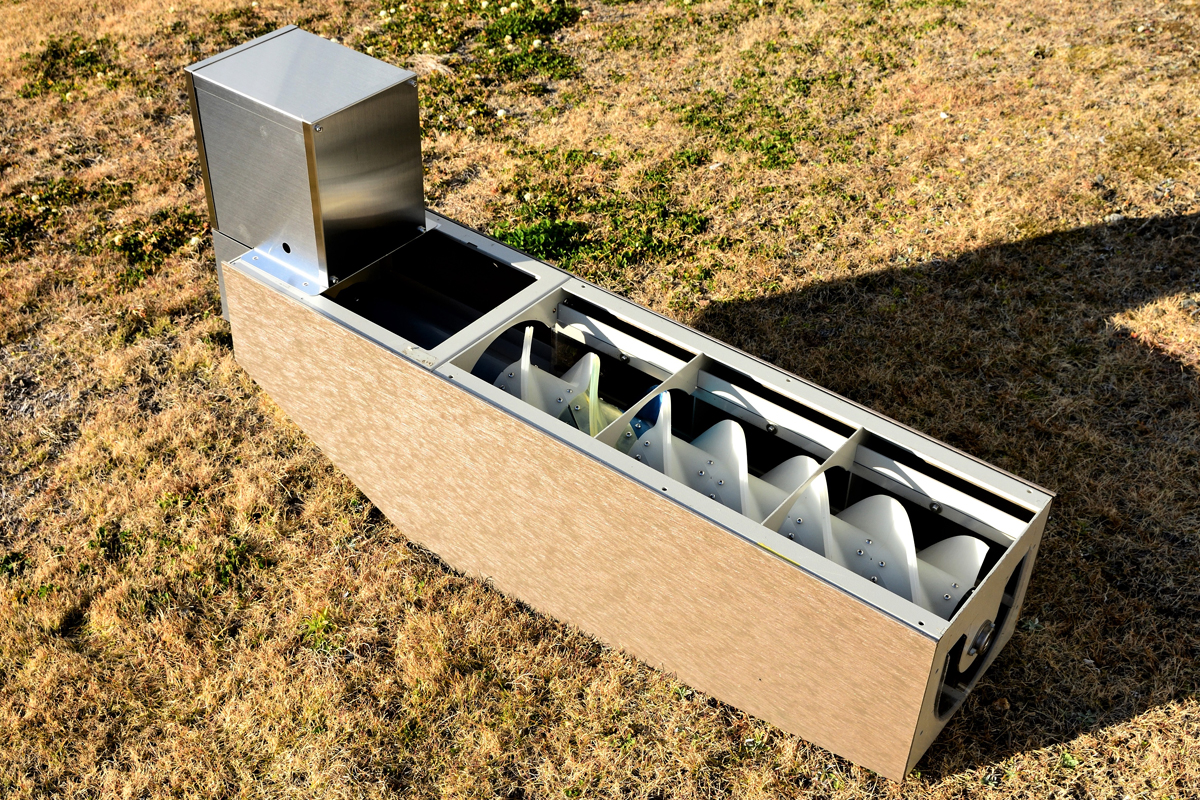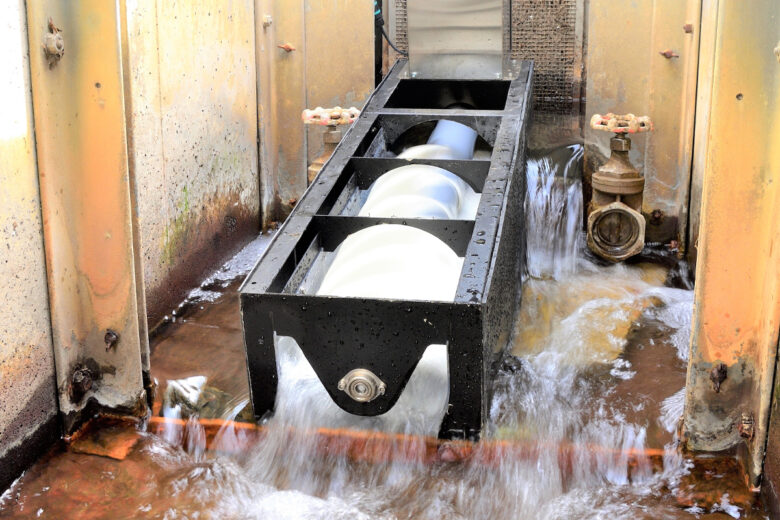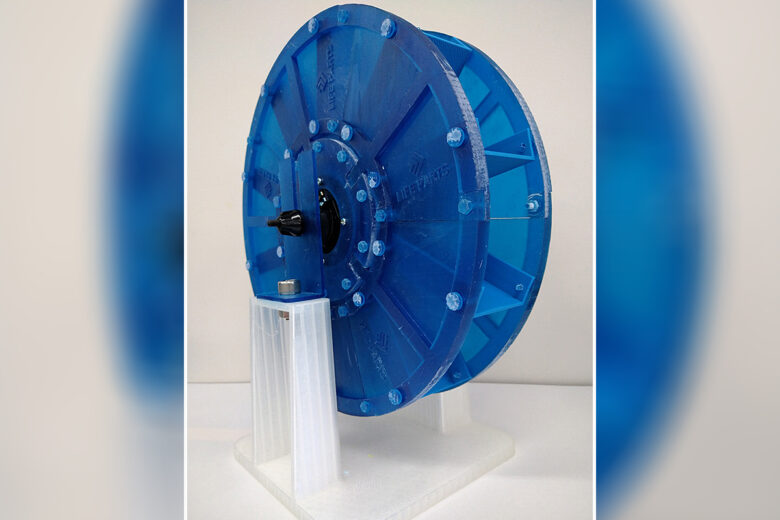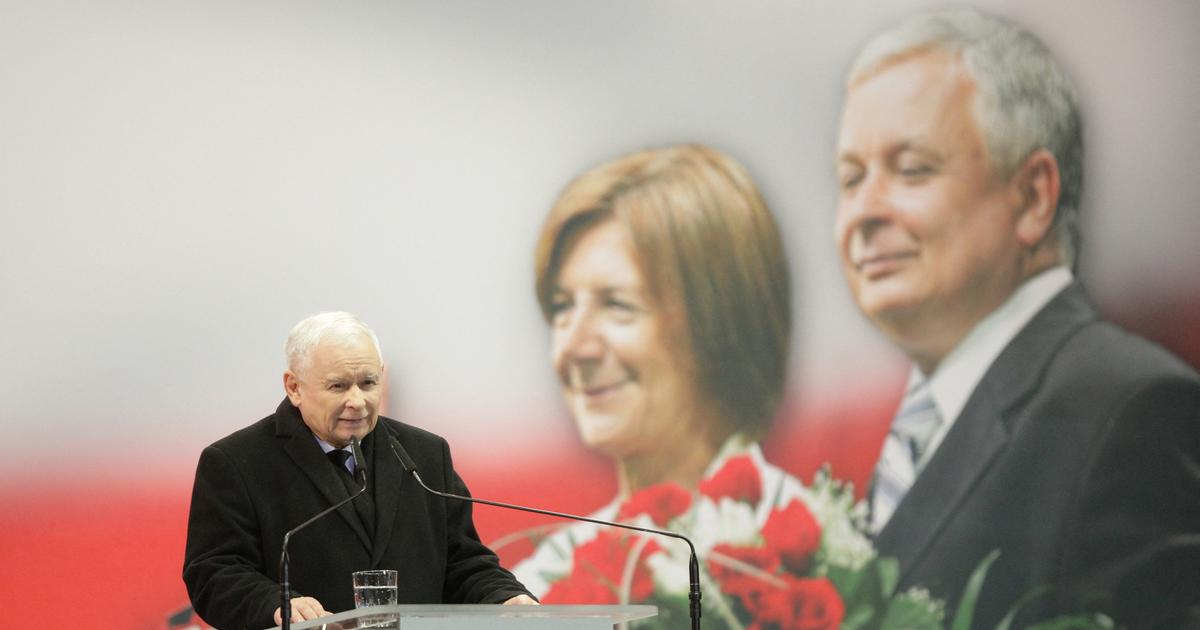
The idea of generate electricity from the drainage system of a factory or an irrigation canal are you interested? Note that the Japanese company Ricoh has developed a system to make this possible. baptized 3D Pico Hydro Generator Systemdoes the solution proposed by the company consist of a mini hydroelectric power station capable of generating electrical energy even with a small stream of water. Admittedly, the most efficient version of the system develops a power of less than 5 kW, but it remains interesting as far as it is designed to be able to work with solar panels† By doing this, Ricoh wants to enable us to have a more stable power supply.
Made with 3D printed materials
One of the peculiarities of the 3D Pico Hydro Generator system is that it made with sustainable materialsspecial recycled plastics. In addition, the structure is the result of three-dimensional printing. According to the company’s explanation, the product can be used to power various devices, from sensors connected to light bulbs to video surveillance systems. Ricoh engineers are currently developing a version of the machine with a power of 1 kW† And if that wasn’t enough, much less powerful models – about ten watts – to run IoT devices, to prevent certain disasters, are under study.

“The system can also be used in combination with photovoltaic panels and batteries to ensure a stable power supply (…) Depending on the amount of electricity produced, it can be used for IoT devices such as sensors, device lighting and charging systems. A 1kW hydroelectric generator is under development and this is the production we are aiming for in the future, currently it is a few watts or a few tens of watts.” From a company spokesperson at pv magazine
Mainly for remote places
The Pico Hydro system was tested at the company’s Numazu plant, with Ricoh aiming to: bets on the most remote places on earth. “In our demonstration experiment with wastewater from the Ricoh plant in Numazu, we were able to confirm the ability to light a lamp and use it as a power source for a security camera for nine months”the company said. To achieve such a feat, the company also claims to have used battery storage†
soon for sale
You should know that the power developed by a hydroelectric generator is based on several elements. The properties of the dynamo are decisive. However, it also depends the water flow and the nature of the turbine, just to name a few examples. The 3D-Pico Hydro Generator System naturally takes these parameters into account. It remains to be seen when the product will be available worldwide as Ricoh plans to launch it in Japan first. More informations : accelerator.ricoh † jp.ricoh.com




